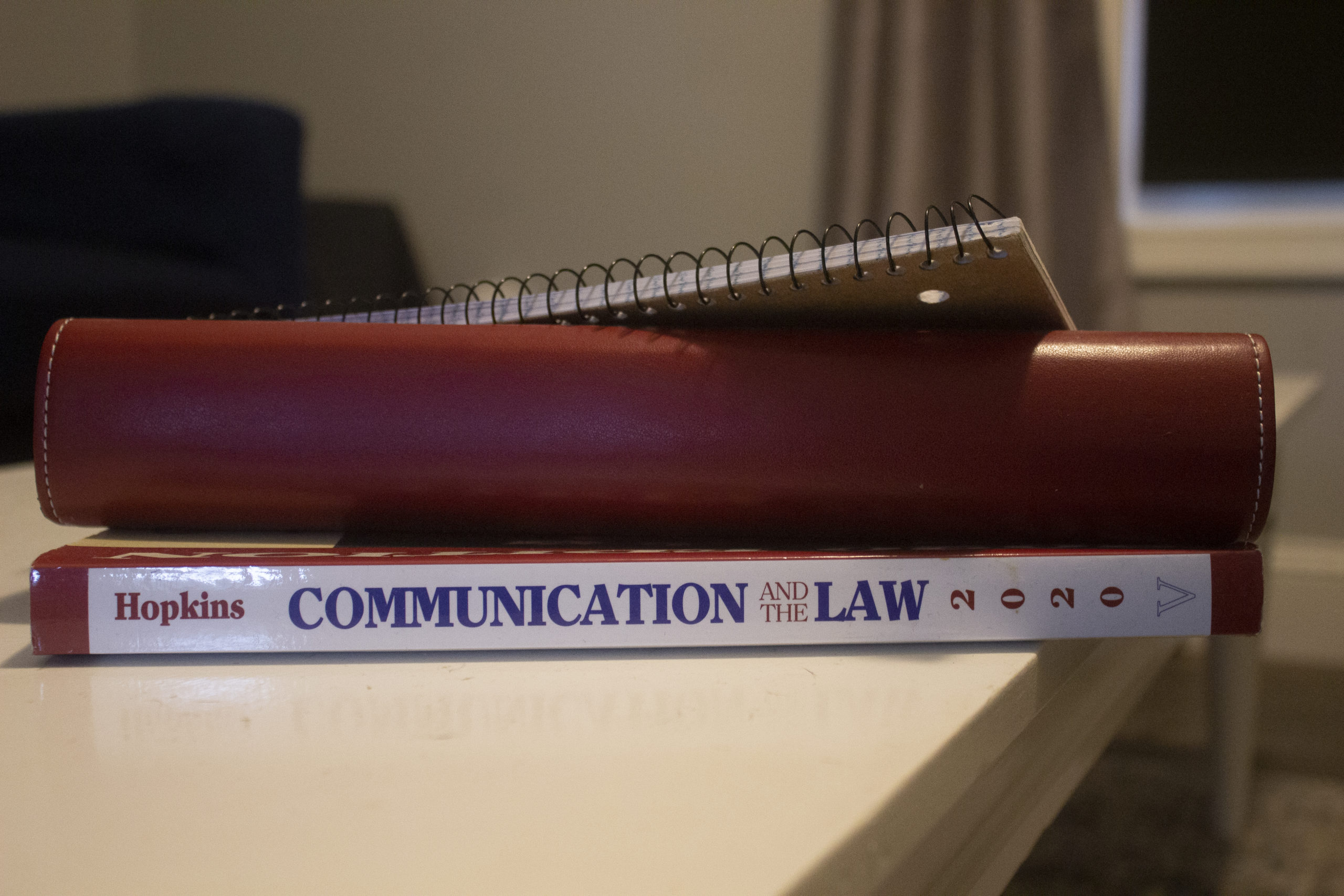
College in the U.S. can be one of the most expensive decisions in a person’s lifetime. On top of tuition, universities force students to pay high prices each semester for textbooks, and that price is only increasing.
#Freethetextbook is a movement that aims to make textbooks free for college students. This hashtag, created by the non-profit OpenStax, calls for free books for college students and cheaper alternatives to physical copies.
OpenStax’s managing director, Daniel Williamson, talked about its success with providing students access to free textbooks.
“We currently have 42 titles available, and those are used by over 4.7 million students for this term alone,” Williamson said. “Since we’ve published our first title back in 2012, we have saved students over $1.2 billion.”
OpenStax receives investments from foundations and philanthropic societies to continue to support students as much as possible. Although the amount of textbooks for each subject is limited, OpenStax is on track to continue its expansion and availability to more students in the future.
“We are currently on track to double the size of our libraries, so we’ll have close to 100 titles over the next four years,” Williamson said. “We are currently in a really [good] position to build up new digital courses and new textbooks so that we cover all of those really high enrollment college course titles, so that’s great news.”
OpenStax offers both digital and physical copies of textbooks to students. While online editions are easily accessible, OpenStax also acknowledges the need for physical textbooks by providing more affordable options.
“A small, good proportion of students still want physical books, and so those students will go and buy relatively inexpensive textbooks in between 30 and 50 dollars. When students buy those books from us, it helps us keep the books up to date.” Williamson said. “That’s one way we continue to provide for students [as well as] get some earned revenue.”
The College Board reports the average American student spends around $1,200 every year on textbooks and class supplies alone. CEO of Cengage, Michael Hansen, said that “the industry is out of touch with students’ thoughts on textbook affordability.”
College textbook prices increased by 67% from 2008 to 2018. As the costs increase, students have to make hard decisions about where to spend their money.
Just to afford textbooks, 43% of college students in the U.S. said they skip meals, 69% work a job during the school year, and 31% register for fewer classes. Over 80% of students delay textbook purchases or choose not to buy textbooks or access codes due to the high costs. When students opt out of buying textbooks for courses, they miss out on important course information.
To be a full-time student and be eligible for financial aid at Georgia State, the student has to take a minimum of 12 credit hours per semester.
Students have to take a full course load to get the financial aid to afford college, potentially purchasing four or more textbooks.
Access codes also contribute to the rising costs of textbooks. Because access codes and textbooks sell in bundles, students must pay the price, no matter how expensive. For many classes, students can only access graded assignments by purchasing an access code. So, if students can’t afford to pay for the codes, they cannot take the class.
Because many providers bundle textbooks and access codes together, returning textbooks with access codes is no longer possible.
“This change … represents part of a corporatization of education, where the sharing of knowledge has become another business opportunity, and maximizing profits come above the will to foster open intellectual discourse,” the Harvard Crimson editorial board states.
Instead of helping students become more knowledgeable about their studies, textbook sales have become a business that takes away more money from students when many are already in debt.
The #Freethetextbook movement combats that problem and gives more power back to the students. OpenStax chose the hashtag to help students and to spread more awareness.
“We are the underdogs, constantly working to get better [and] constantly working to make sure that faculty who need and want our resources to have access to them and know about them,” Williamson said. “We’re doing well, but we’re still young, and we still have a ways to go.”
OpenStax’s website states that textbooks should be free because that is the only affordable and accessible price for all students.
“Every school should have free (actually free, not free with an asterisk) textbooks and OER now, allowing every student to succeed,” OpenStax’s website states.
Since the movement is still in its infancy, they need to reach out and network with more students and administrators so that, one day, it will be possible for all college students to have access to free textbooks.
“Instead of asking students to pay more than they can afford, the company allows students to go in without that fear of how they are going to be able to afford it,” Williamson said.
Williamson believes that change must occur before all students could have access to free textbooks and course materials.
“The question is, are we willing to change? Are we willing to step away from the traditional publisher model that includes services and support? That’s a big question, and it requires a lot of motivation,” Williamson said.
